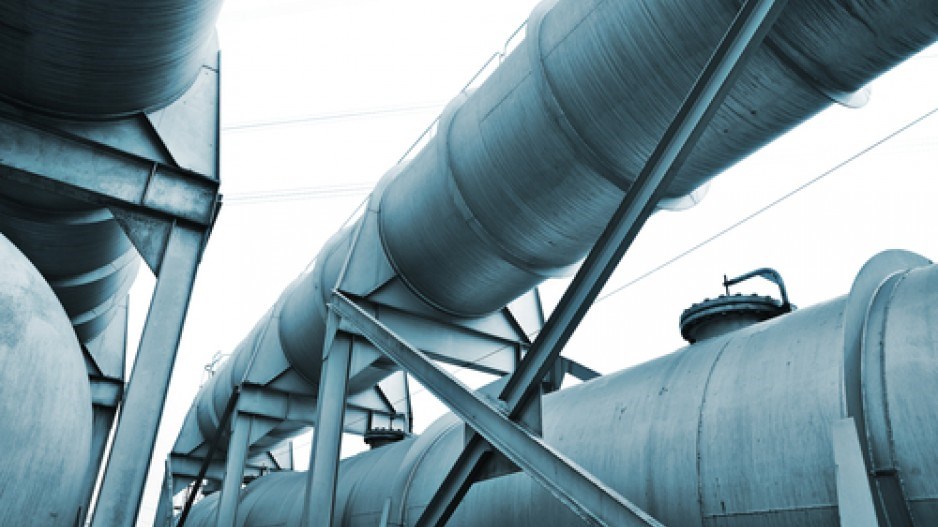It is becoming increasingly evident that the world is awash in oil. Supply continues to increase because of record U.S. production and stable exports from the Middle East and Russia, while a slow economic recovery in the EU and increased use of LNG and renewables in China is keeping global oil demand capped.
Excess supply and capped global demand are pushing the Canadian industry toward lower prices and shorter payoff projects and away from China and to markets in the EU and India.
The largest growth in global oil supply is from the U.S., where crude production averaged 8.6 million barrels per day (bpd) in August, the highest since 1986, and is estimated to grow to a 45-year high next year. Saudi Arabia’s U.S. exports fell to one million barrels a day in June, compared with an average of 1.4 million a day in the first five months of the year, and Canadian oil-by-rail shipments to California fell by 86% this year.
Although increasing U.S. supply is the largest supply factor, it is not the only one. Crude oil has decoupled from the geopolitical risk nexus – meaning that supply risk in Iraq, Syria, North Africa and Russia is having little effect on price.
The latest International Energy Agency (IEA) report stated that “while festering conflicts in Iraq and Libya show no sign of abating, their effect on global oil market balances and prices remains muted amid weakening oil demand growth and plentiful supply.”
The Organization of Petroleum Exporting Countries (OPEC) is forecasting that it will need to pump only 29.2 million barrels a day of crude next year, 200,000 a day less than it forecast a month ago and a drop of 1.1 million barrels a day from what it produced in August.
Russia, the other major geopolitical risk, may be under EU/U.S. sanctions, but the sanctions will only effect production in five or 10 years. They will have no impact on the 10.51 million bpd of oil that Russia currently exports to the EU and Asia.
More important to the Canadian industry is world demand.
“The recent slowdown in demand growth,” according to the IEA, “is nothing short of remarkable.” The EU economy has not recovered to a point where oil demand has increased, and demand in China has been capped by economic and environmental concerns. China has decreased both oil and coal imports and increased LNG imports and use of renewable energy.
According to Platts Energy Prices, demand for oil in China fell to 9.61 million bpd in July, a drop of 2.1% from a year ago, and China is now exporting surplus refined product.
The EIA predicts the price of oil will be $94.67 per barrel through 2015, and banks such as Citigroup are predicting even lower prices. The low Canadian dollar is maintaining producer’s margins, but continued downward pressure on price and the international demand cap will change this and should change the Canadian industry.
French multinational Total shelved plans on a new project earlier this year, and last year Suncor’s Voyageur oilsands project was cancelled. Both of these were large capital-intensive projects, with delayed cash flows: the type of capital intensive, long-term projects that are coming under increased shareholder and activist investor scrutiny. To attract capital away from U.S. fracked oil, new projects must adjust to this reality by developing projects that are less capital intensive and have more immediate positive cash flows.
The delays in the West Coast pipelines and China’s increased use of LNG and renewable energy casts doubt on the long-term demand for B.C. pipelines. Without increased demand, oil will become inelastic, so even reducing the price won’t increase demand.
To find demand, Canada’s pipeline strategy must look toward the increasingly important markets in Europe – to balance Russian supply – and India – a growing market with refineries capable of refining Canadian crude.
Excess global supply and capped demand are the realities of today’s energy industry. In the future, Canada’s oil patch will be defined not by mega-projects but by companies making lower profit margins, developing projects with lower capital costs and shorter payoff periods, and most significantly it will mean looking to the Energy East Pipeline, not the Northern Gateway Pipeline to export oil. •
Ryan Lijdsman (@ryanlijdsman) is a Canadian-based international business consultant. This commentary is reprinted courtesy of Troy Media (www.troymedia.com).



